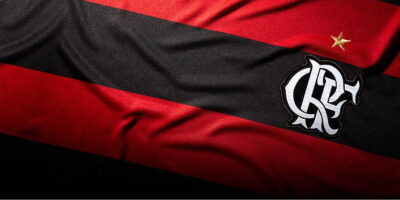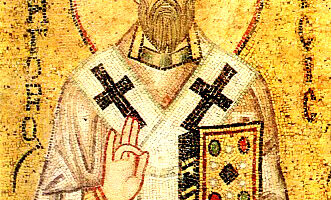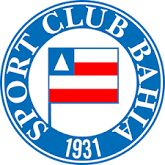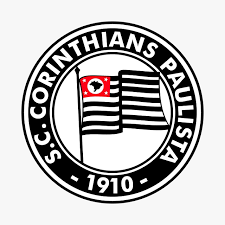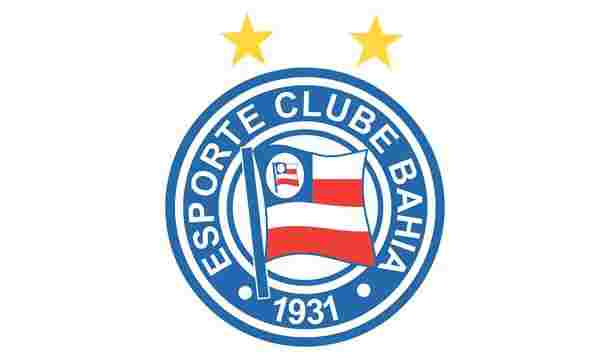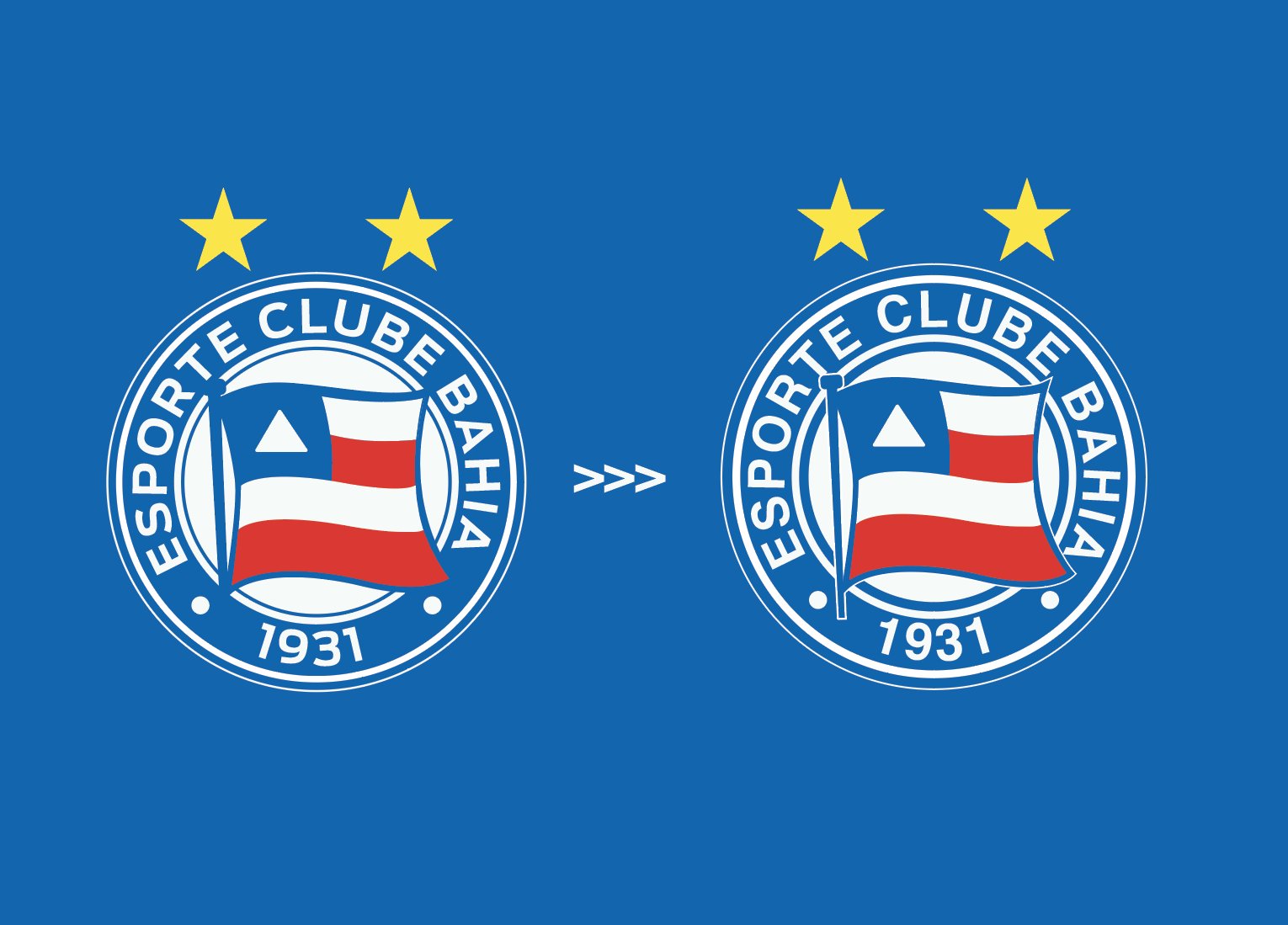This post title may confuse you reader; how are related Getúlio Bargas, late former President of Brazil, and the logo of football/soccer club Bahia? I will try to explain it here.
Esporte Clube Bahia, founded in Salvador (capital of the Brazilian state Bahia) in 1931, had its original logo drawn by Raimundo Magalhães.
Clearly inspired by Corinthians (another traditional Brazilian football club), especially its 1919 version, like we can see below.
Notice that just like the club from São Paulo State, the team from Salvador adopted its state colors (red, white and blue) and official flag.
Bahia fans can see three notable differences. The first one: Sport and Club were translated to Portuguese: “Esporte” and “Clube”. The second one: two stars were added in 1989, representing both national league titles. The third demands a more thorough explanation: the current logo no longer has a faithful copy of the state logo, since the triangle shape was removed, and, in its place there is now another smaller flag of the current one (a flag within a flag), in “structure that has similarities with diagrams and visual aspects of what mathematicians call fractals”, according to Marcio Luis F. Nascimento, professor from UFBA (Federal University of Bahia). But a question remains: when and why did Bahia lose its triangle?
I could not find a a definitive answer in books about Bahia football history. However, I present here an hypothesis that I find to be very plausible; here we reach the part where Mr. Vargas comes in. For an easier comprehension, it is important to briefly tell what happened between 1930 and Bahia’s emblem changing.
It ended in 1930 the political alliance between “Mineiros” (people from the Brazilian state of Minas Gerais) and “´Paulistas” (people from São Paulo state), because when they chose Julio Prestes, then Governor of São Paulo, as a canditate for the Presidency of Brazil, the “Paulistas” broke the agreed rotation of Presidents from both sides. Elected by popular vote, Prestes had his inauguration prevented by the armed forces led by the states of Minas Gerais, Paraíba and Rio Grande do Sul, in which was called “1930 Revolution” (or 1930 Coup). Vargas was chosen as Chief of the Interim Government that lasted untill 1934. When the new Constitution was promulgated in 1934, he was elected President by the Constituent Assembly.
In 1937, with a new Constitution, Vargas imposed an authoritarian in Brazil, the period which later would be known as “Estado Novo” (New State). Its second article, remnant of the grudge still present caused by the armed conflicts between “Paulista forces” and “Brazilian forces”, prohibited every symbol but the national ones; thus, banned, among others, State Flags:
Art. 2º – National flag, anthem, logo and coat of arms are of mandatory use all around the country. There would no other flags, anthems, logos and coat of arms. Law will regulate the us of national symbols.
Because of that, only seventeen days later, there was an infamous ceremony with the presence of the President, in which all Brazilian State Flags were symbolically incinerated. In that event, Francisco Campos, then Secretary of Justice said:
Therefore, it is reasonable to argue that was why Bahia had the change in its logo mentioned in this article.

